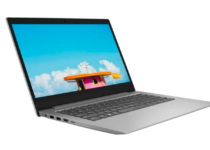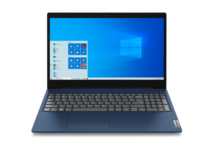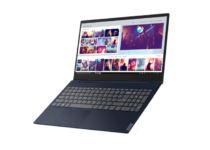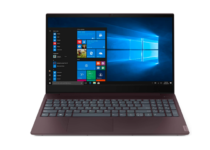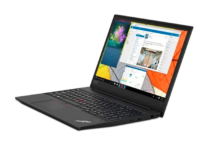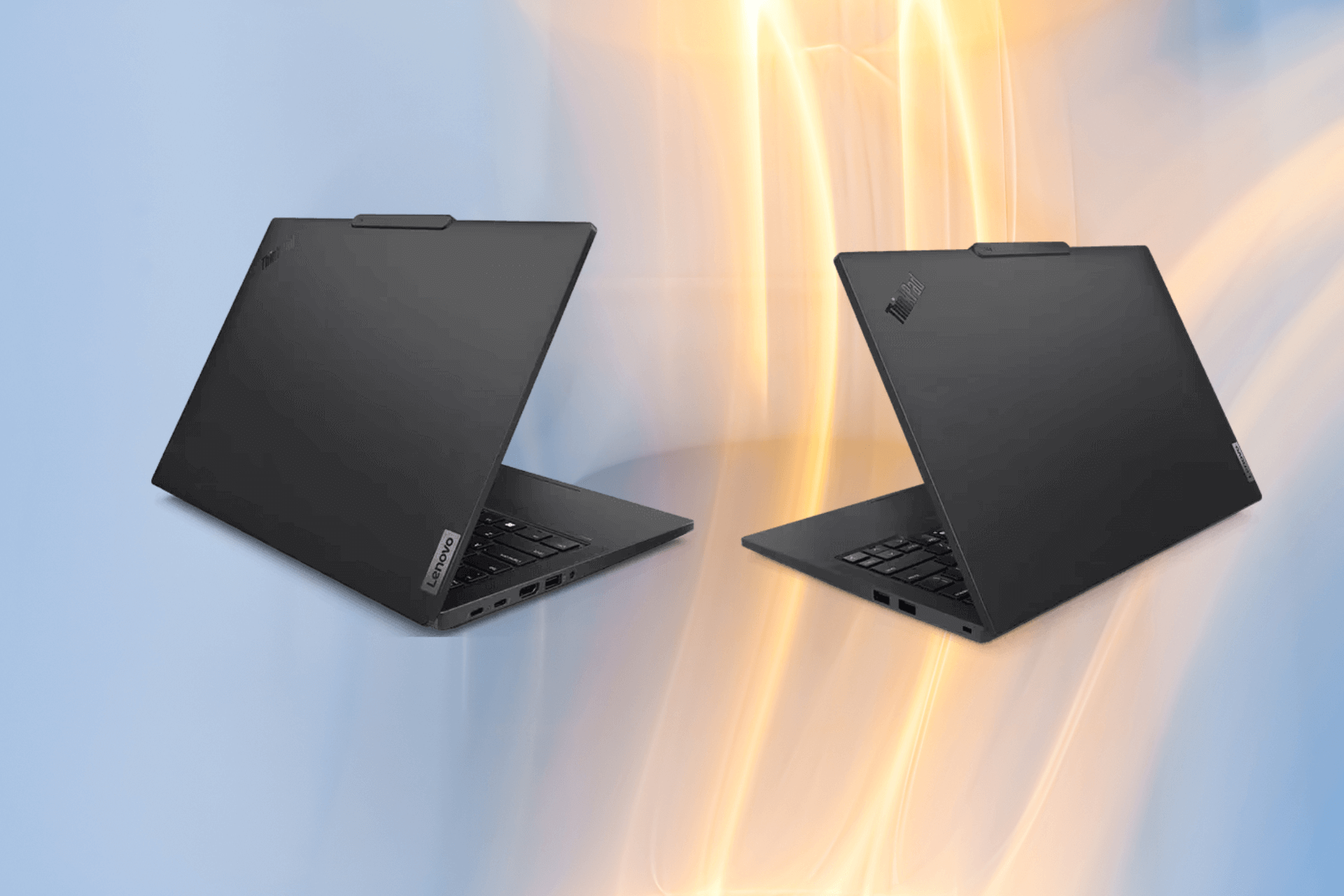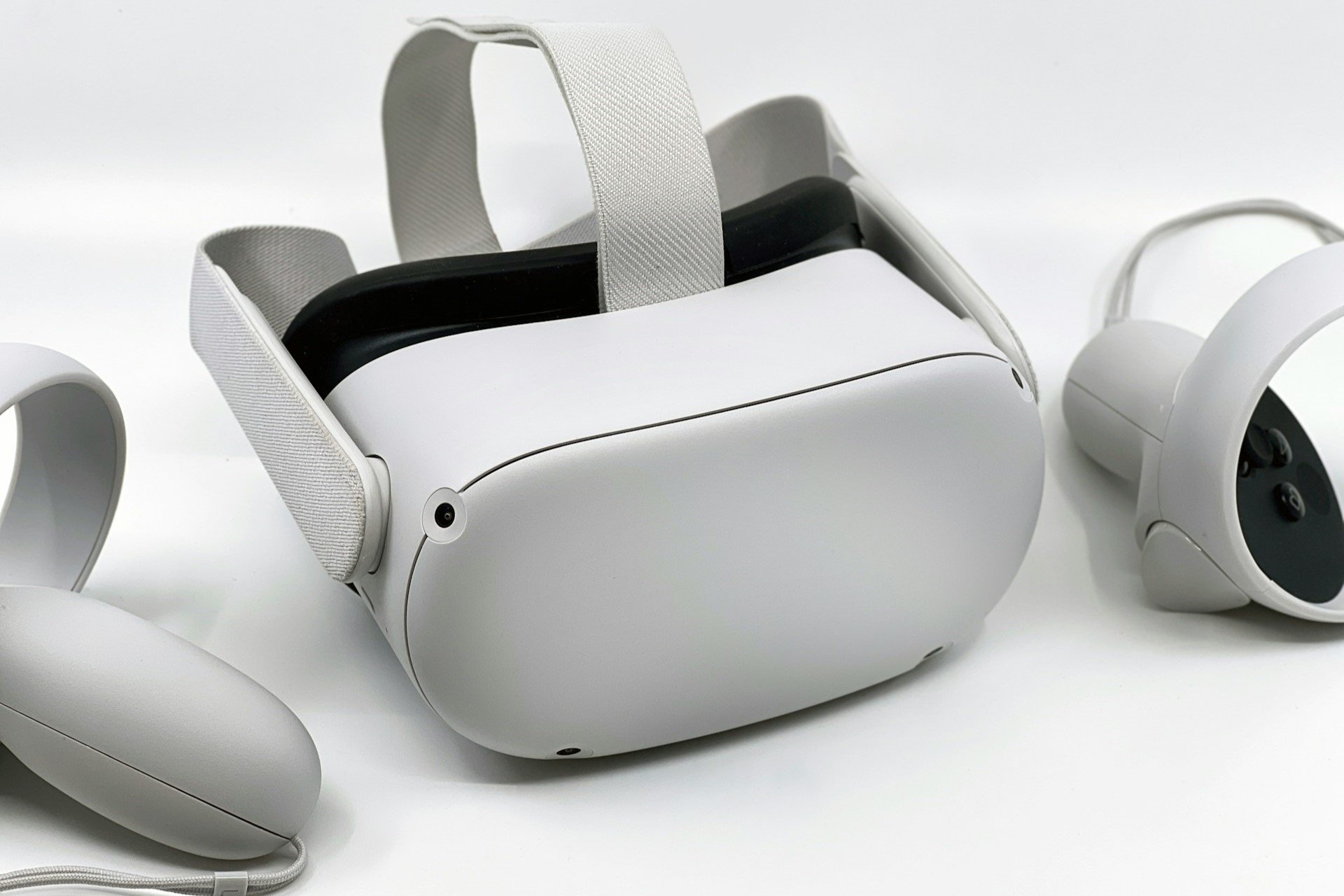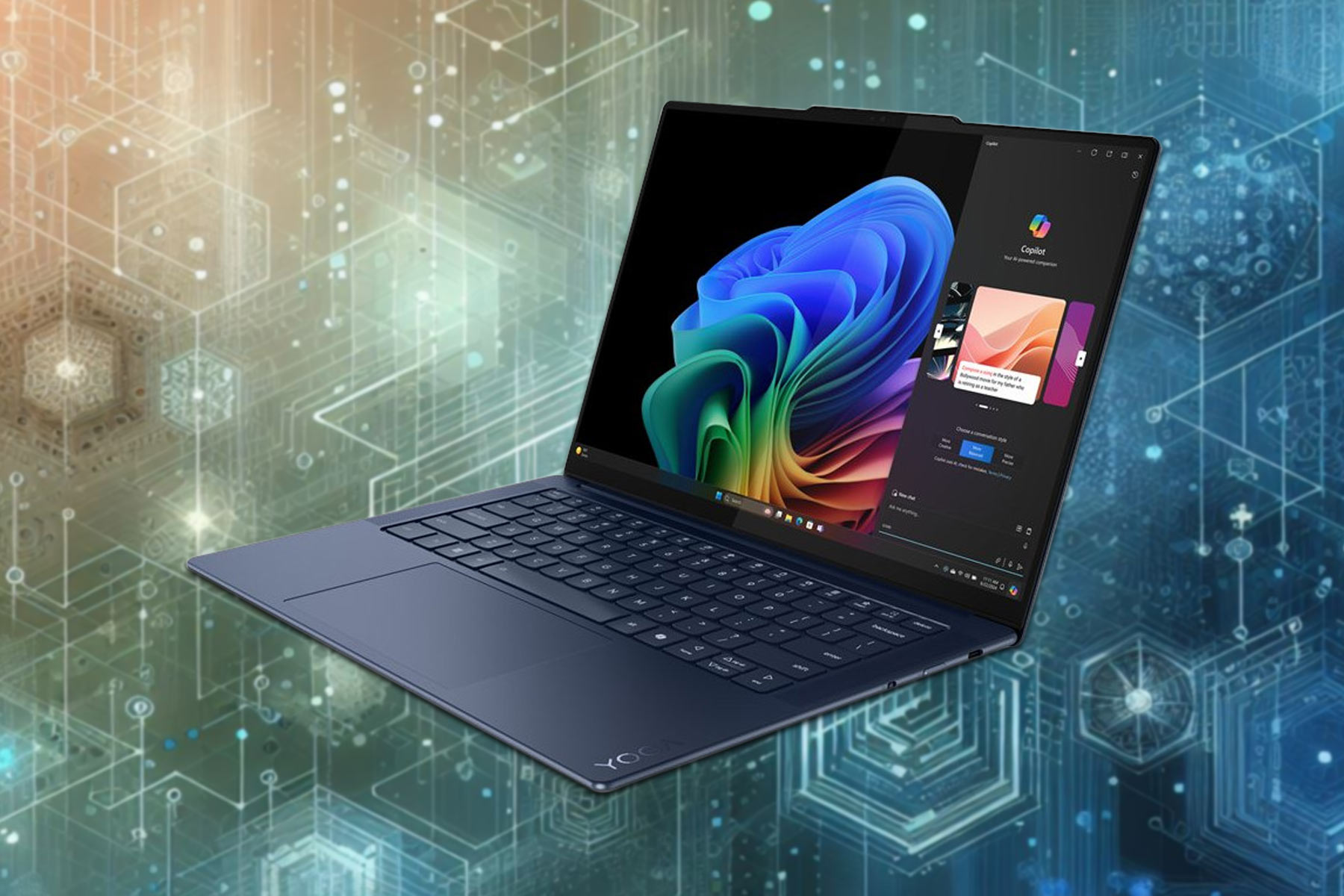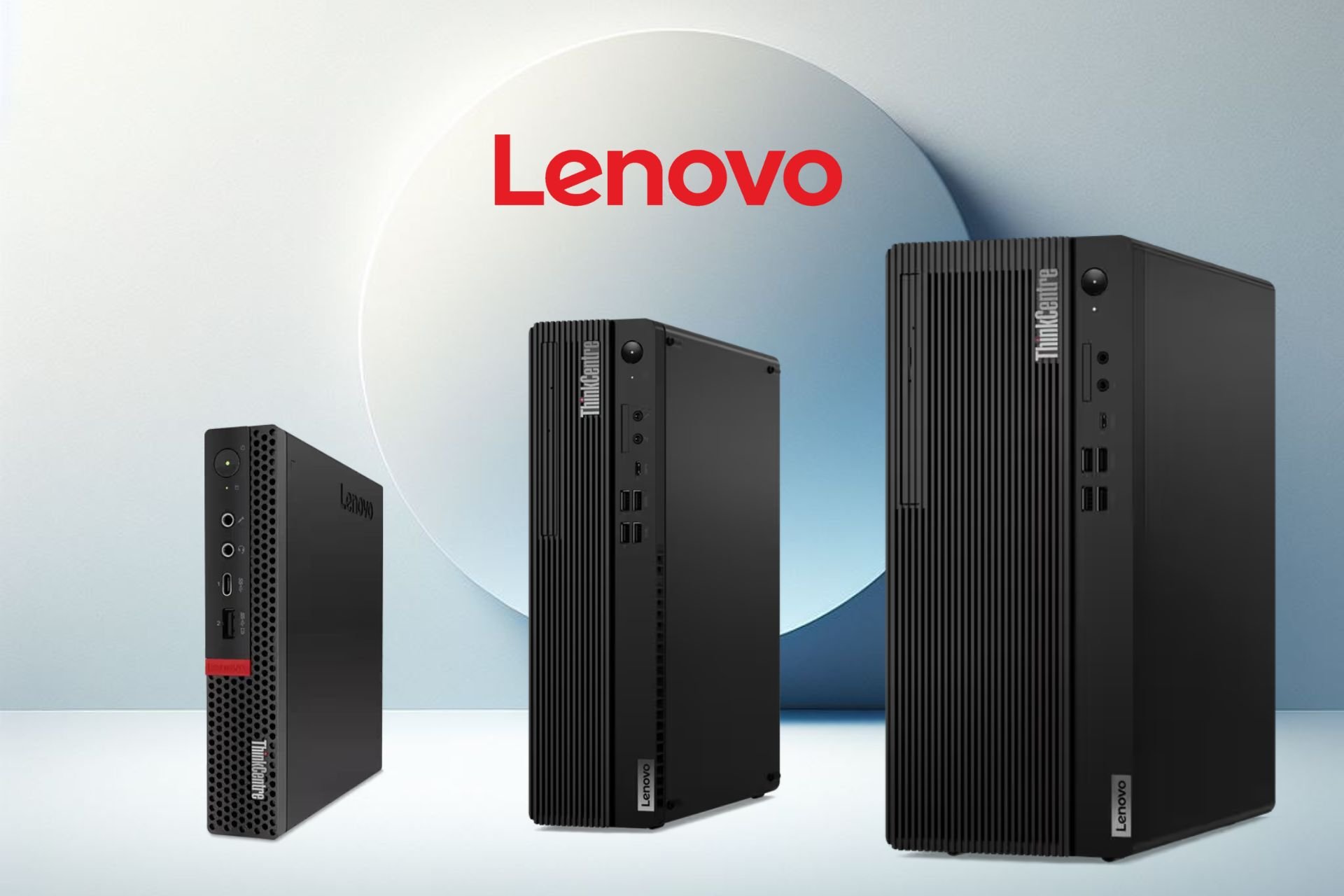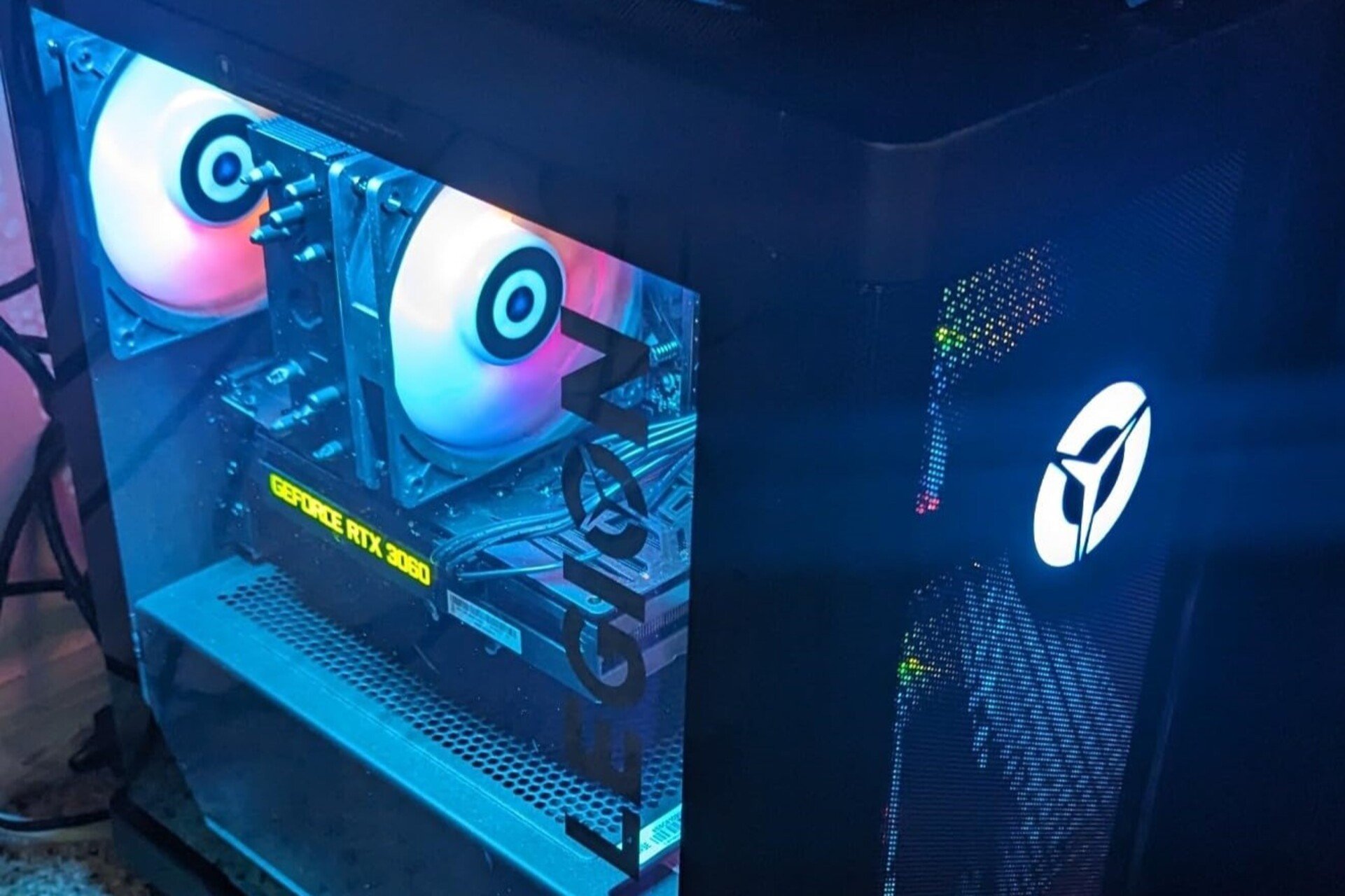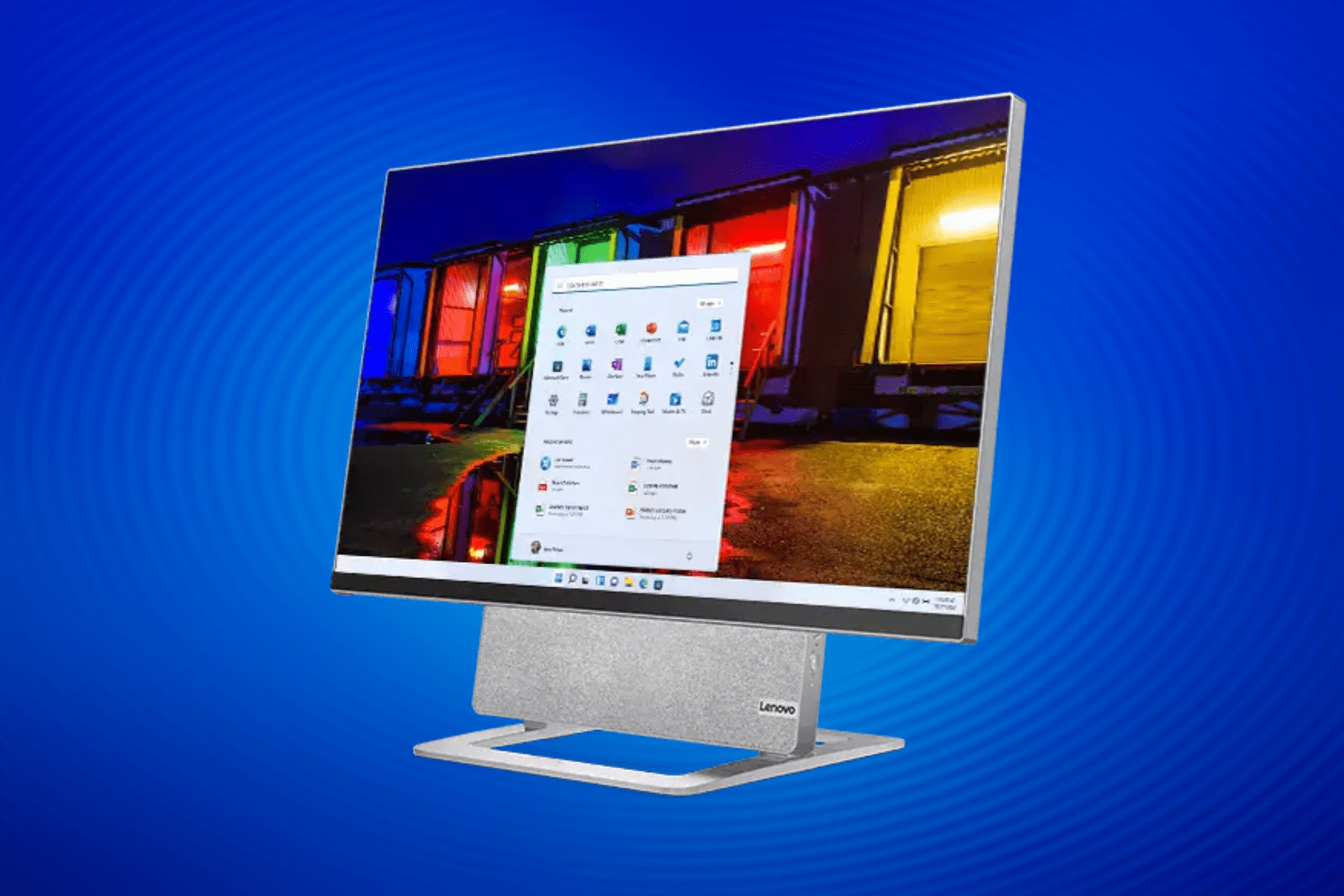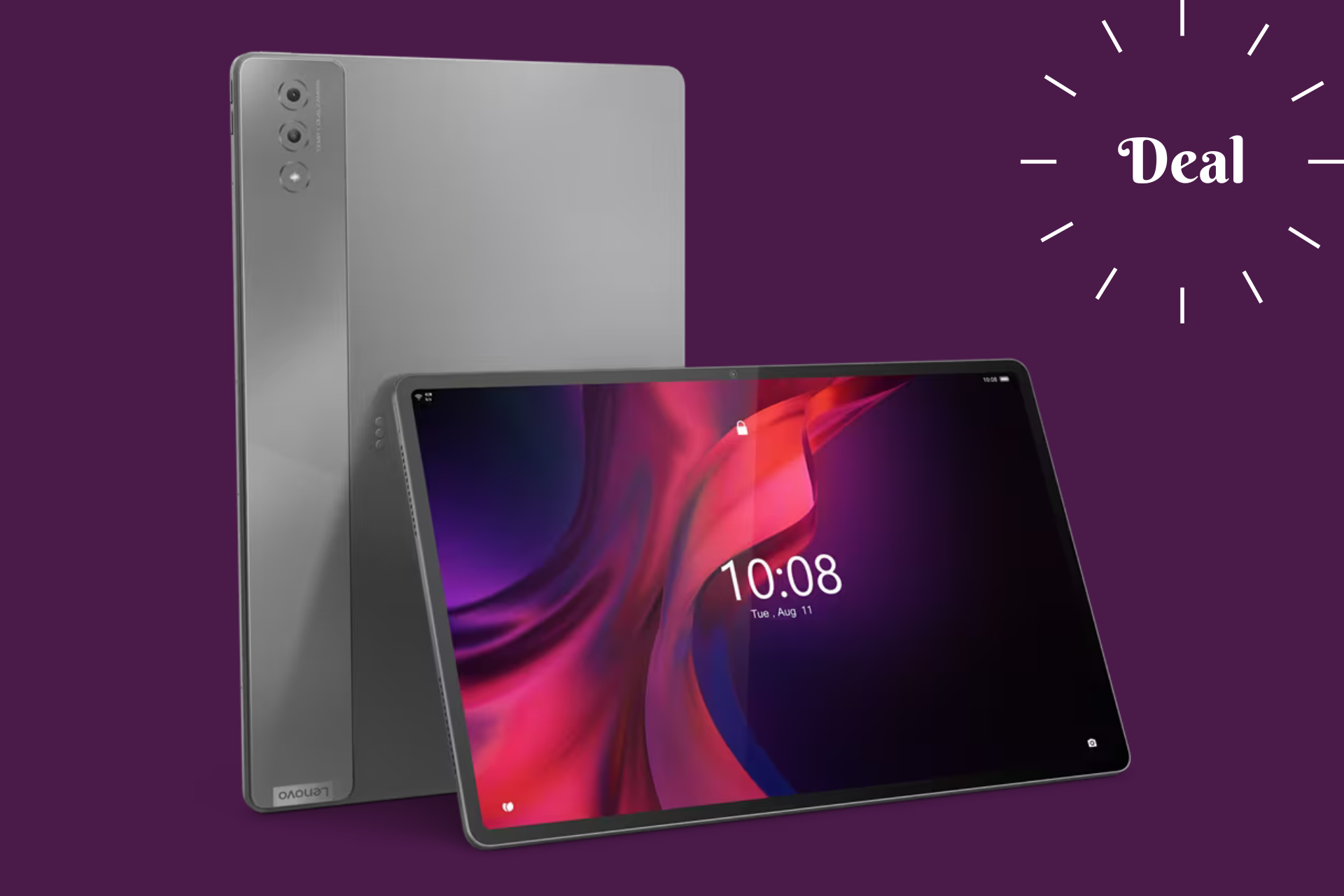5+ Best Lenovo Deals to Buy [Cyber Monday Deals & Sales]
It's the best time for you to get a new laptop without spending a fortune
6 min. read
Updated on
Read our disclosure page to find out how can you help Windows Report sustain the editorial team Read more
Key notes
- Even though we chose a few high-end models, you can be sure that there are also plenty of options for those on a tight budget.
- Lenovo IdeaPad AMD A6-9220e laptop is a good option for anyone who wants to have a 14" display.
- The newest laptop from Lenovo, the Ideapad 330S 15.6" HD narrow-bezels widescreen is another great choice.
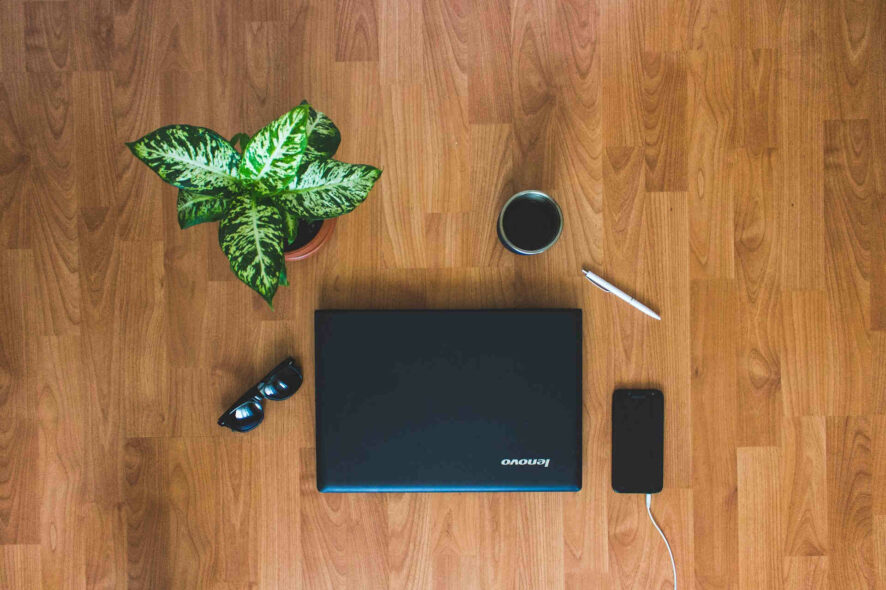
In case of looking for a new laptop, we’ve got the best picks for you. These are all powerful Lenovo models you can rely on, whether you’re working from home or you simply want to buy a gaming laptop.
Even if we’ve selected a few premium models, rest assured that there are plenty of options for those on a limited budget as well. Just take a closer look at our list below and get ready to make an informed choice.
What are the best Lenovo laptops to buy?
Lenovo IdeaPad A6-9220e
- 4GB DDR4 memory
- 64GB eMMC flash memory
- Windows 10 Home 64-bit English
- Nice design
- Good product for its price
- Issues while resetting the hard drive
This Lenovo IdeaPad AMD A6-9220e laptop is a great choice for all those who like the idea of enjoying a vivid 14″ display typical 1366 x 768 HD resolution with an energy-efficient LED backlight.
Its ultra-compact memory system is recommended for applications, providing enhanced storage capabilities, support for high-definition video playback, as well as incredibly fast boot-up times.
Moreover, it isn’t just a computer that could help you complete your projects. It’s a modern laptop that packs a superfast processor that gives it high speed to save ample time and multitask.
Lenovo Ideapad 330S
- Narrow-bezels widescreen display
- 8th gen Intel Core i3-8130U processor
- Built-in HD webcam with integrated microphone
- Wireless-AC and Bluetooth combo
- Fast charging
- Not made of premium materials
The newest Lenovo Ideapad 330S 15.6” HD narrow-bezels widescreen laptop comes with a 15.6″ energy-efficient LED-backlit widescreen display and packs an 8th gen Intel Core i3-8130U dual-core processor.
This laptop boots quickly and runs all the latest games fast and smoothly. Moreover, the video is clear and bright at 1080p.
No less important, it has been upgraded to 8GB high-bandwidth RAM to smoothly run countless applications and browser tabs all at once.
Lenovo Ideapad S340
- 4MB SmartCache
- 128GB NVMe SSD
- Integrated Intel UHD Graphics 620
- Webcam privacy
- Backlit keyboard
- Comes with Windows in S mode
The Lenovo Ideapad S340 15.6″ HD laptop is powered by the 8th gen Intel Core i3-8145U with 4MB SmartCache, so it can handle pretty much any task with ease.
This laptop can easily bring your audio experience alive with the unbeatable theater-like sound of Dolby Audio. You’ll love it for that.
Being a perfect laptop for business and daily use too, its look has been designed keeping in mind a few essential things. It is thin and light for easy portability, while the narrow bezels are a major advantage.
Lenovo S340 HD Premium
- Anti-glare screen
- Intel Quad-Core i5-8265U processor
- Dolby Audio Premium
- Up to 8.5 hours of battery life
- Front-facing 720p HD webcam
- No touch screen
Another laptop worthy of your attention is the Lenovo Ideapad S340 15.6″ HD premium home & business laptop that has a 15.6″ HD LED-backlit anti-glare non-touch display.
Moreover, it comes with 2 x 2W speakers with Dolby Audio Premium for crystal clear sound clarity when chatting with friends and family members.
Another feature that makes it different from the rest of the lot is its front-facing 720p HD webcam with integrated dual array digital microphones.
Lenovo Thinkpad E590
- 16GB DDR4 RAM
- 512GB PCIe NVMe M.2 SSD
- Front-facing HD webcam included
- Whiskey Lake-U CPU
- Lightweight
- Wavy frame holding the screen
Another great Lenovo laptop is the Thinkpad E590 one. Chances are to appreciate its 15.6-inch anti-glare (1366×768) display with a front-facing HD webcam.
The power comes from an Intel Quad Core i5-8265U at 1.6 GHz that comes with Turbo 3.90 GHz, 4 Cores 8 Threads, and 6MB SmartCache.
Even more, it runs on Windows 10 Professional 64-bit, therefore it is a recommended choice for home, professionals, small businesses, students, and teachers.
Lenovo ThinkPad P52s
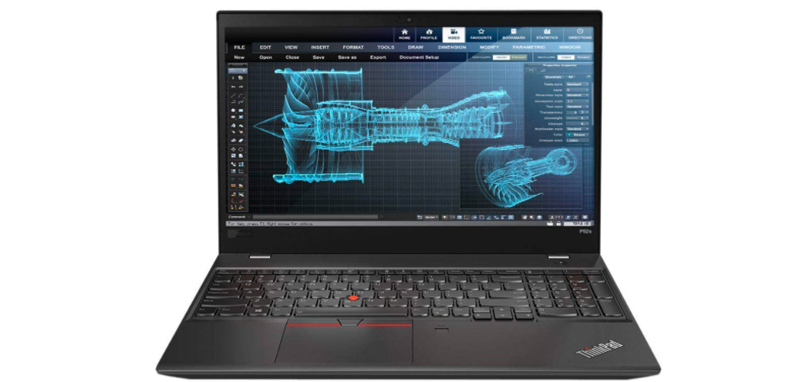
This Lenovo ThinkPad P52s ultrabook laptop gets its power from an 8th generation Kaby Lake R Intel Core i7-8550U quad-core processor.
Users are also excited about the good quality full-size backlight keyboard, with a numeric keypad and responsive touch.
After the initial setup and fine-tuning, you’ll get used to it in no time. You’ll see that by yourself. As far as packaging, it arrives well-packaged, so there’s no reason to be worried about.
Lenovo Flex 14 2-in-1

This Lenovo Flex 14 2-in-1 convertible laptop may also be a great choice for some of you. The full HD touch display and the AMD Ryzen processor lets you work, stream, game, and edit videos with ease.
The convenient TrueBlock privacy shutter allows you to physically close your webcam when you’re not using it.
As for the Active Pen, that’s actually your chance to draw or take notes directly on the screen, at home, or anywhere you need to go.
Lenovo Yoga 730 2-in-1

This Lenovo Yoga 730 2-in-1 touch-screen laptop comes with a 15.6″ FHD IPS touchscreen display and an integrated fingerprint reader.
Moreover, its power comes from an Intel i5-8250U processor with 8GB DDR4 RAM and a speedy 256GB PCIe SSD.
As for the actual keyboard, the key travel is responsive. This style seems to be standard now and the back lit keys are a must for most users.
Lenovo Miix 630
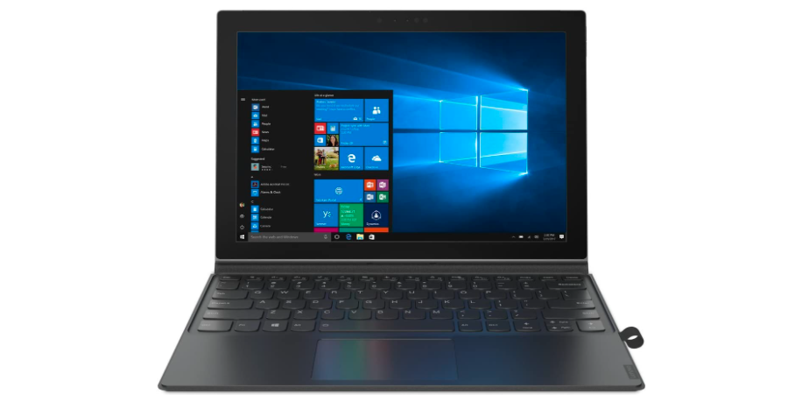
If you’re looking for a laptop with great battery life and 2 in 1 feature, this Lenovo Miix 630, 12-inch Windows laptop is an ideal choice.
Do note that is just 2.9 inches thin and weighs only 1.7 pounds, therefore you can enjoy the power of a full-fledged laptop and the mobility of a tablet with a unique fanless design.
As for the generous battery life, it’s your chance to leave the charger at home and travel for as long as you’d like.
These are the very best Lenovo laptops you can find on the market these days. Do note that this article is part of a larger selection of great laptops, so rest assured that you’ve got even more options to pick from.
Don’t hesitate to let us know your final Lenovo choice by using the comments area below.

